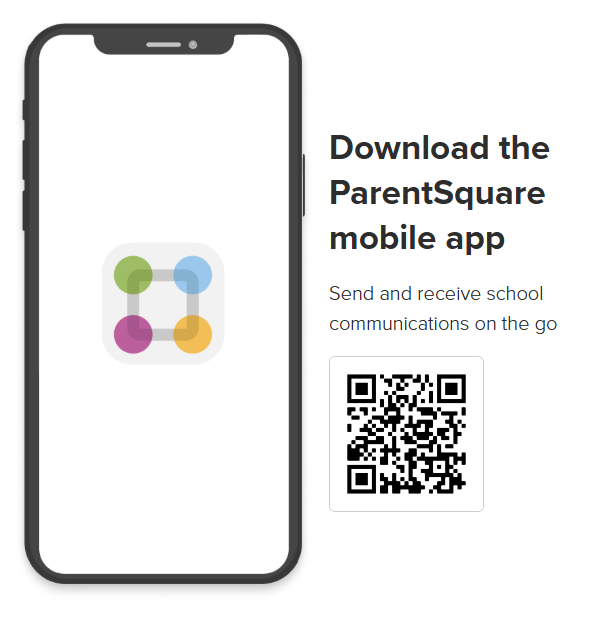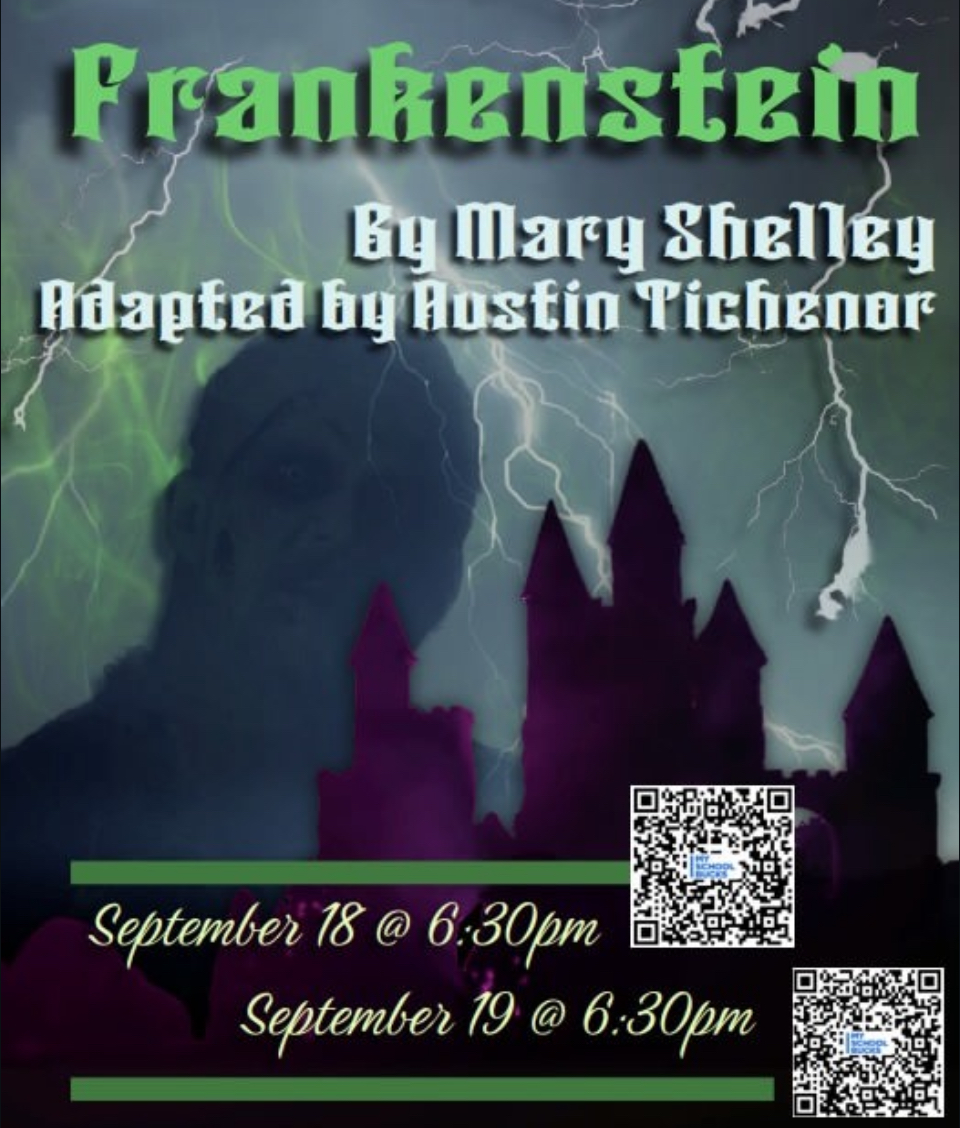Attention all high schoolers! Buckle up and hit the books, because testing season is coming soon. The PSAT and SAT are on October 16th, and the ACT is on the October 22nd. These tests are used by many colleges and universities all around the world for admission as they measure the time management, knowledge and problem-solving skills of future students.
Tests start bright and early and end during the afternoon. The SAT and PSAT/NMSQT is 2 hours and 15 minutes for standard test takers and should end no later than 1:00pm. The ACT is just under 3 hours long and should finish no later than 1:30pm.
While the SAT and ACT are similar, there are still some key differences between the two tests. The SAT is for 11-12th graders. The now-digital test has two sections: reading and writing, with 64 minutes to complete 54 questions in two 32-minute modules; math permits 74 minutes for 44 questions in two 35-minute modules, and a Desmos graphing a calculator is allowed throughout.
The ACT is mostly taken by Juniors and can be on paper or digital. It has five sections, including the optional 40-minute essay writing section. English, which measures knowledge of English grammar and structure, is 75 questions and takes 45 minutes. Math is 60 questions in 60 minutes. Reading, which measures comprehension skills, is 35 minutes for 4 passages with 10 questions after each one. Lastly is the Science section, with another 40 questions in 35 minutes. However, this science section becomes optional in spring 2025.
The best way to prepare for test content beforehand is by taking and reviewing practice tests or questions. There are several ways for students to prepare.
For independent studying, Khan Academy offers SAT prep that directly reflects the questions asked on the SAT and analyzes areas students need to work on so they can study exactly what they need to. Bluebook, the platform that hosts the digital SAT, offers free practice tests that allows students to get used to the time restraints. To access the tests, all you need is the ticket provided during the readiness check and a few hours to spare. And, of course, there are plenty of good old practice books- but be conscious that older books may not reflect the material of the newer tests as accurately.
If you’d prefer working with someone else instead of by yourself, there are plenty of options. Huntington, Kumon, Mathnasium and the Sylvan Learning Center are all great places for in-person tutoring. After school tutoring at OCSA has also began, running from 4:45-5:45 on Mondays and Tuesdays in the media center. You can also visit your teachers during academic intervention, or if you struggle with math specifically, reach out to Ms. Alexander, OCSA’s math coach.
The most common test-taker struggle is time management. The SAT allows about a minute or more per question, while the ACT is a minute or less. While this may sound stressful, there is hope. Stretch, take deep breaths, and be sure to bring water and a snack, if allowed.
Good time management also involves being strategic. It is highly recommended to go over questions before reading the passages in the reading section so students can find answers as they read. When students get stuck on math questions, they should focus on the problems they can solve the quickest to get as many right as possible in the shortest amount of time. Getting through questions quickly results in a higher score and allows for time to review question to catch any mistakes.
If you aren’t happy with your scores, don’t be discouraged. The SAT and ACT can be taken multiple time in school and only the highest scores from each section will be considered by colleges. This allows students the opportunity to accumulate a “superscore” over time.
Being prepared includes practicing beforehand, time management, and strategy. And, with enough time and effort, you can reach your desired scores. Good luck and happy studying!













